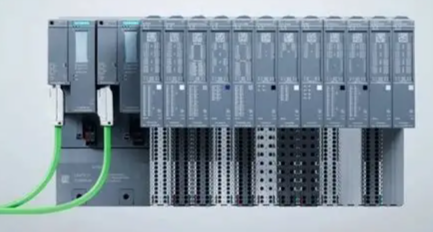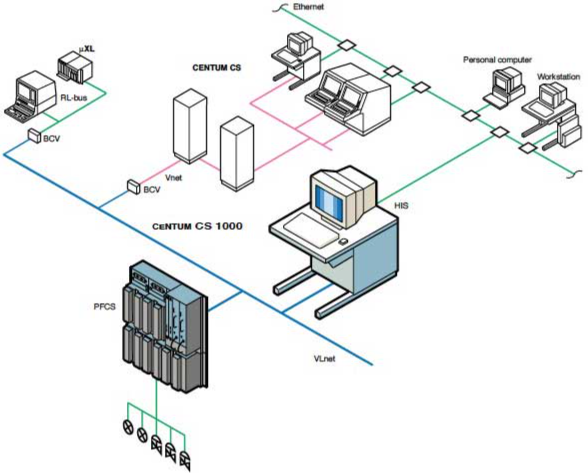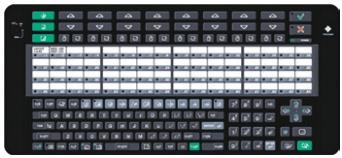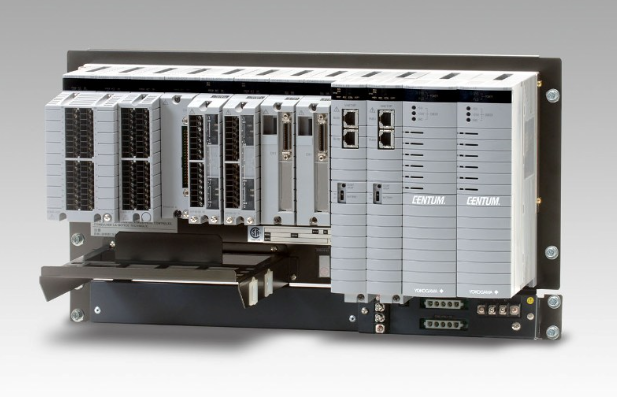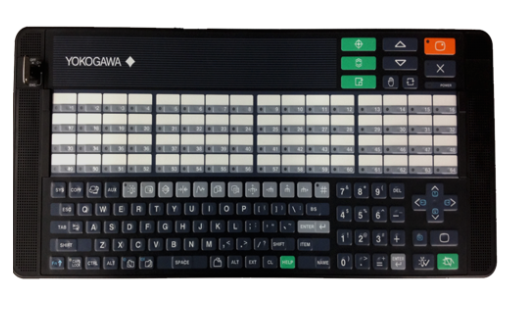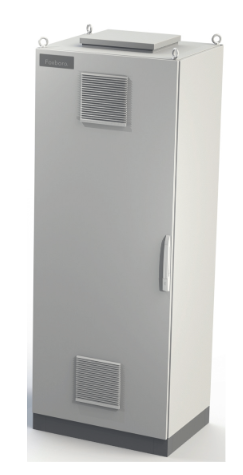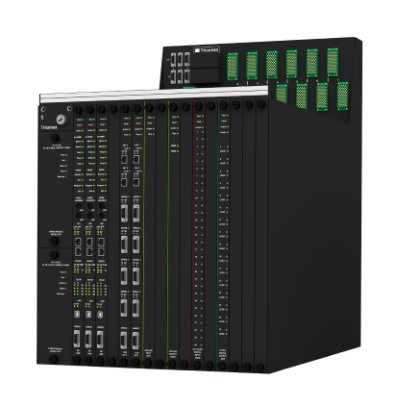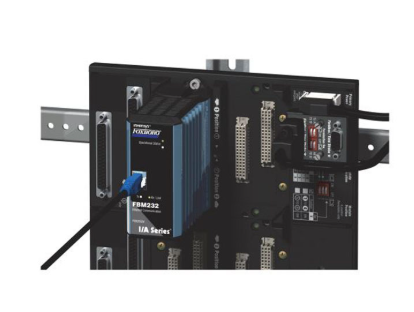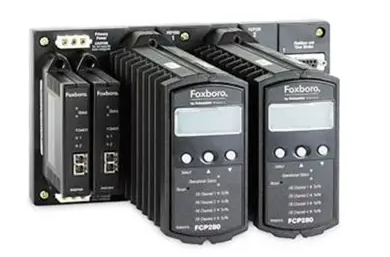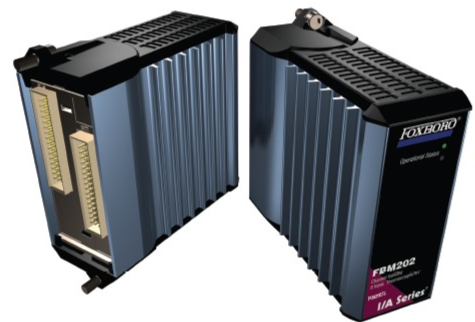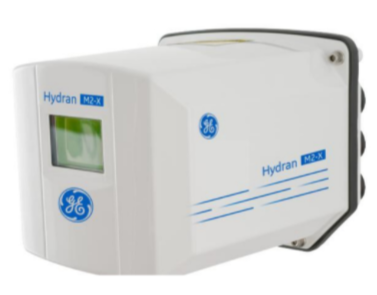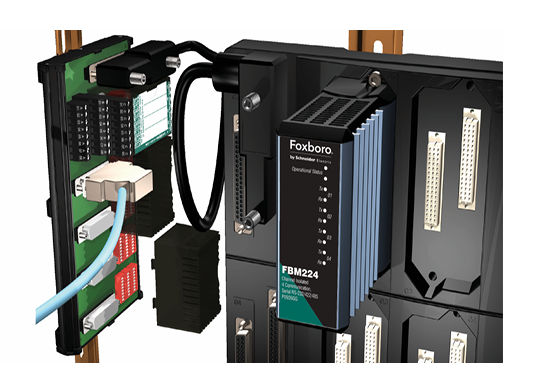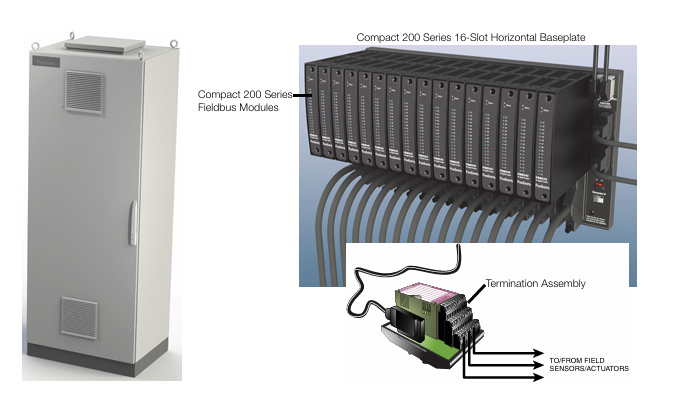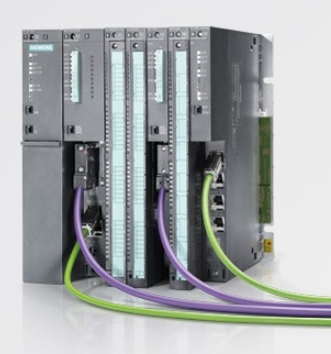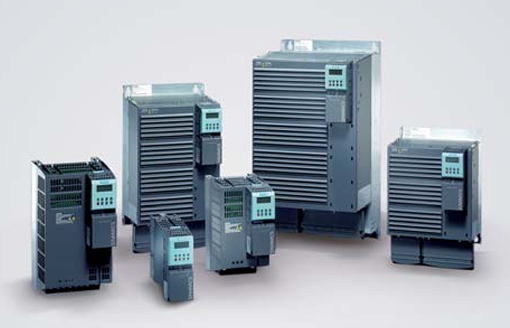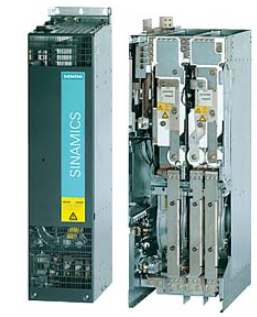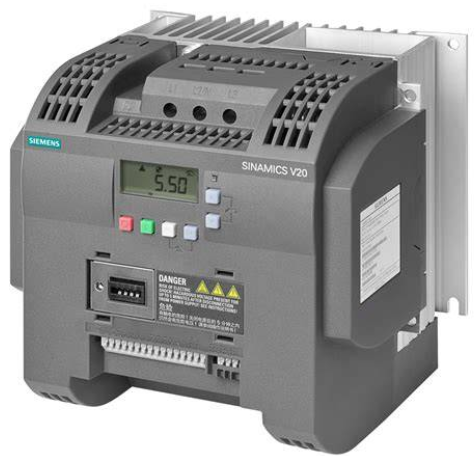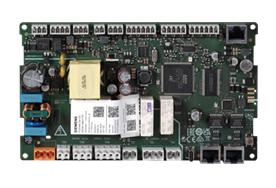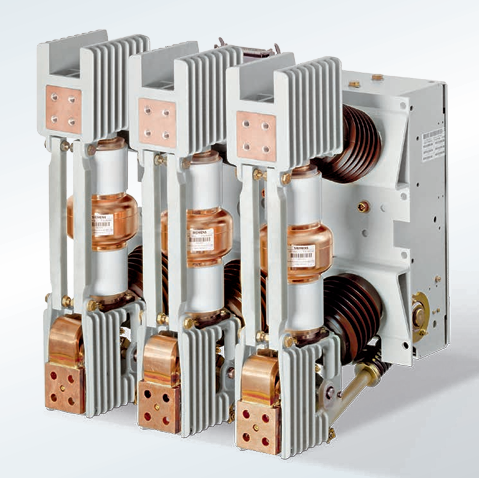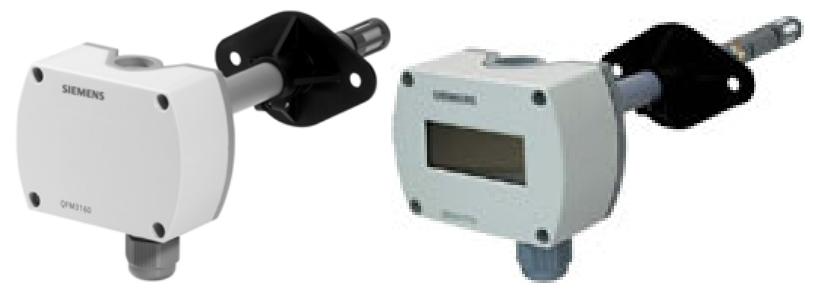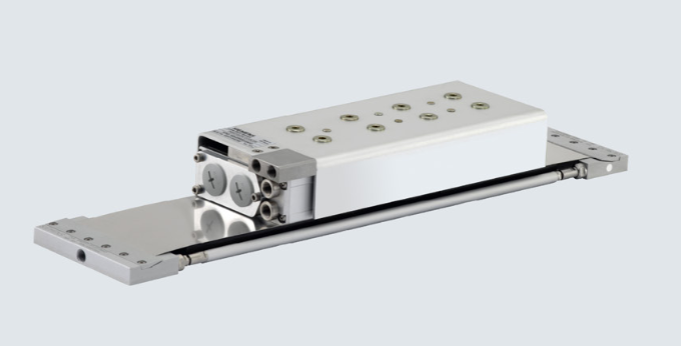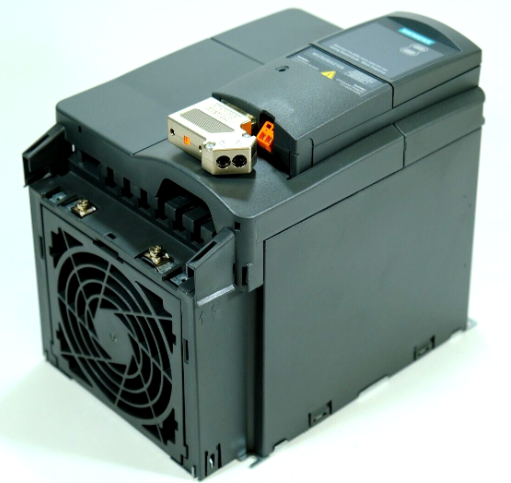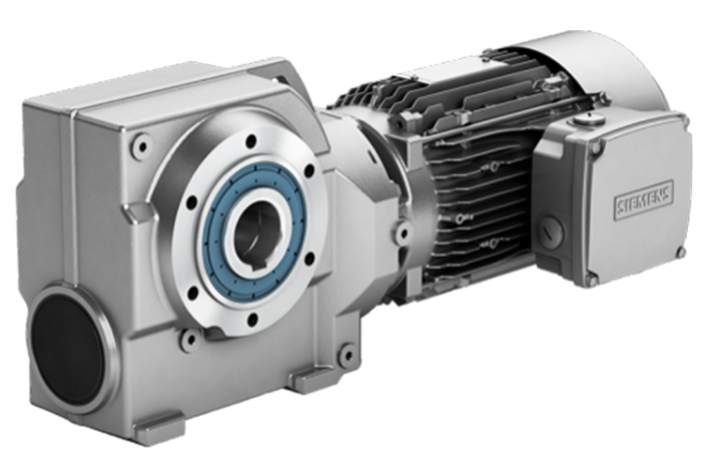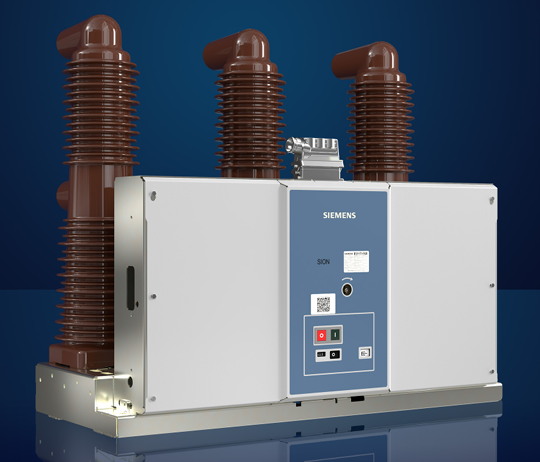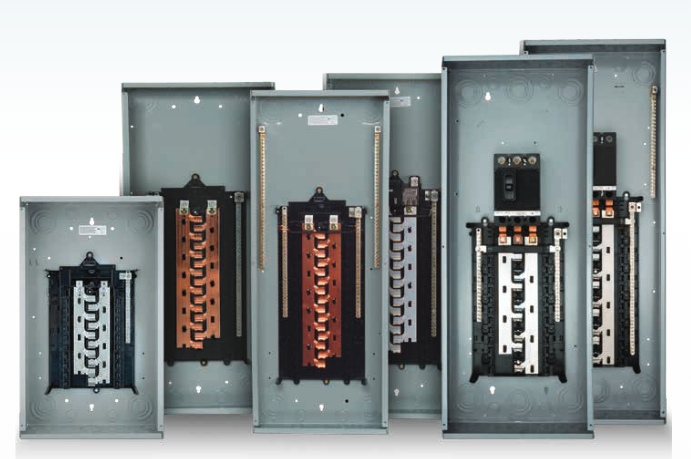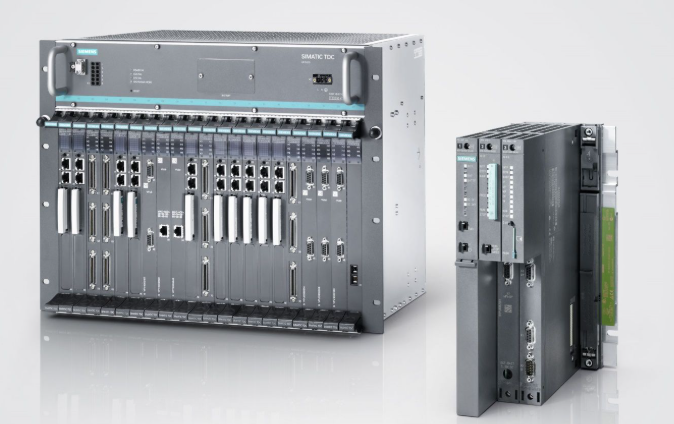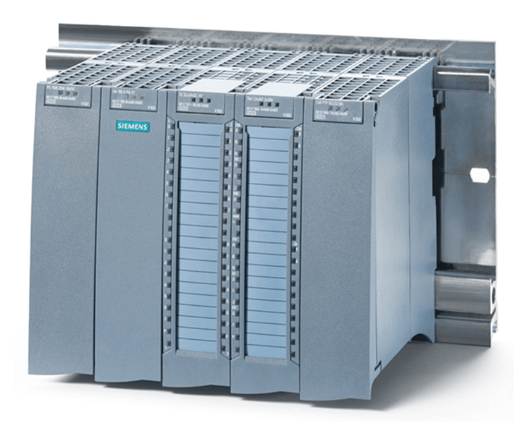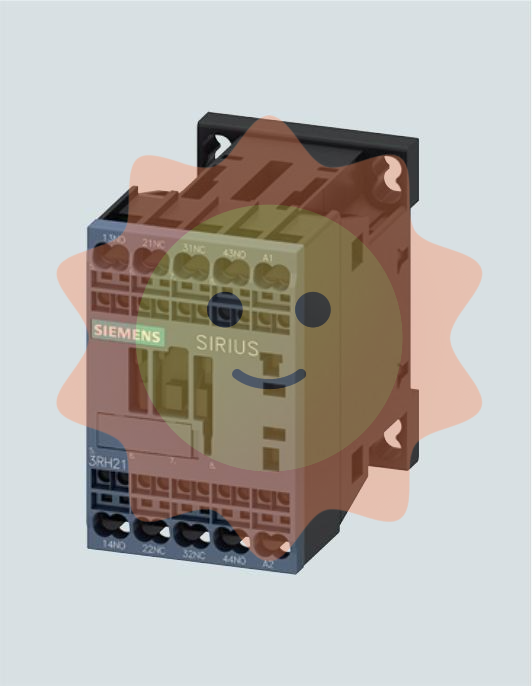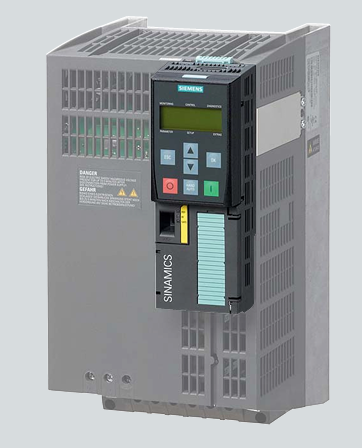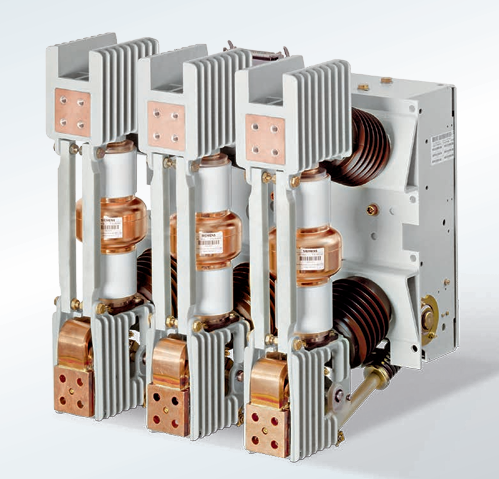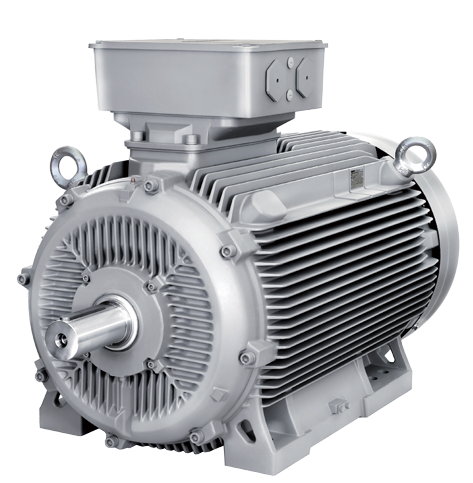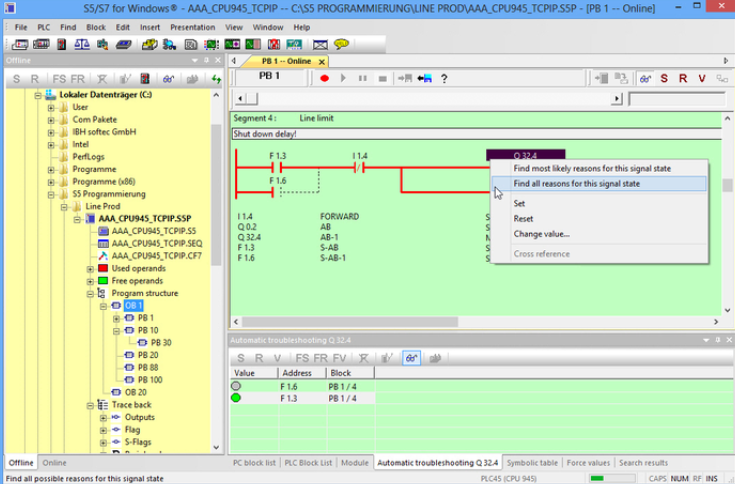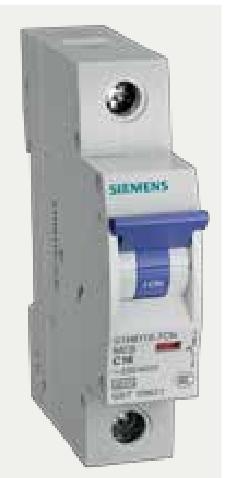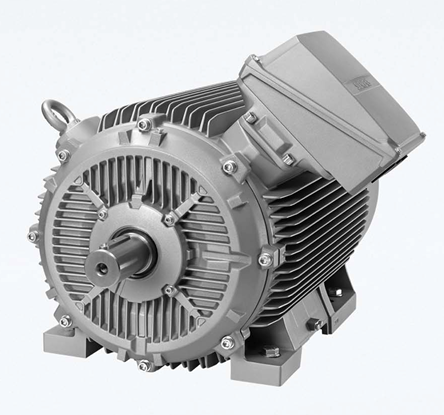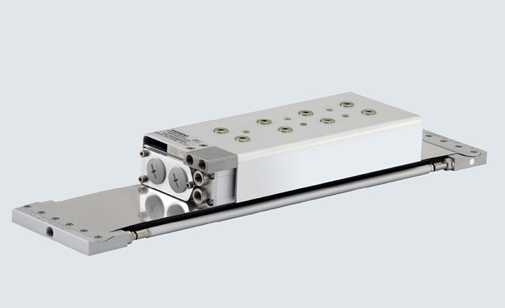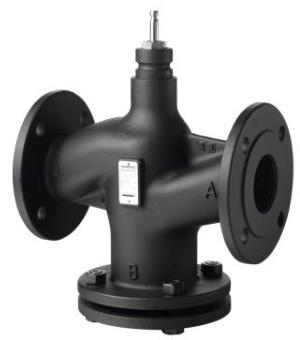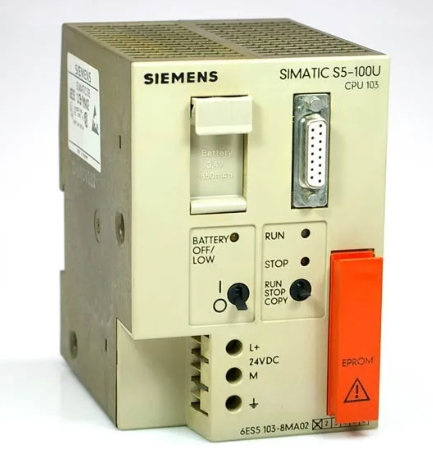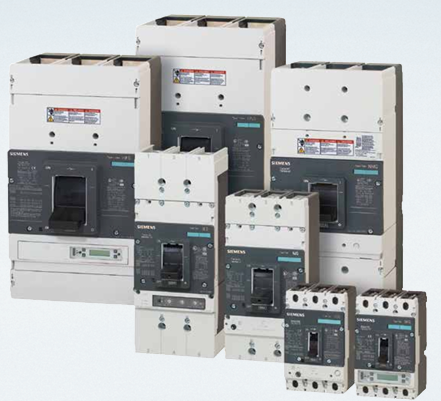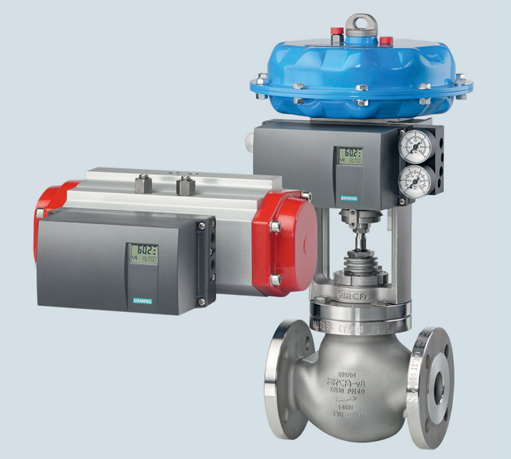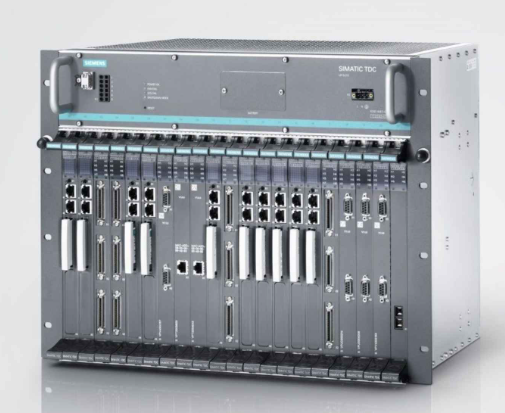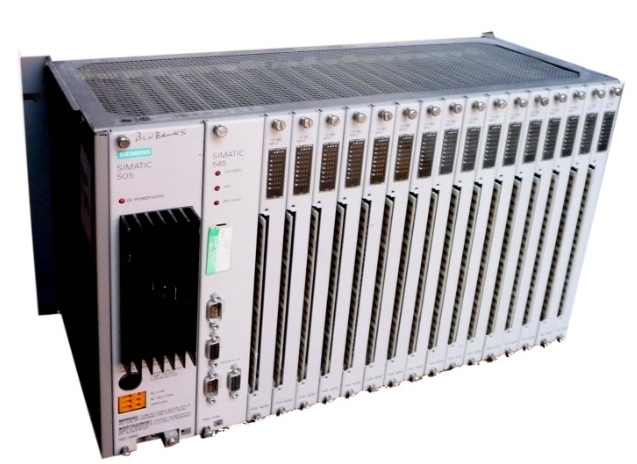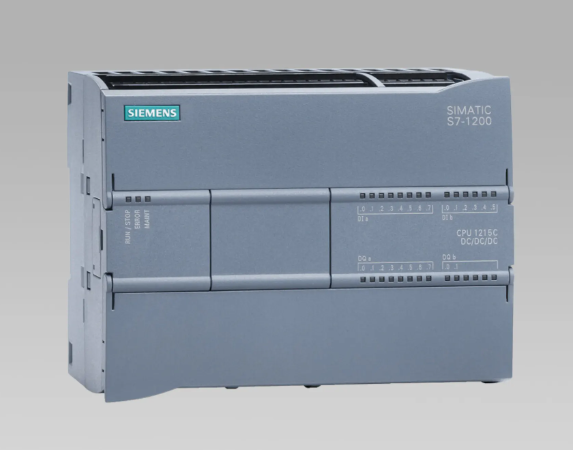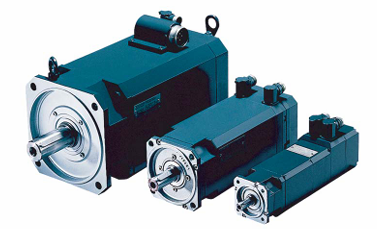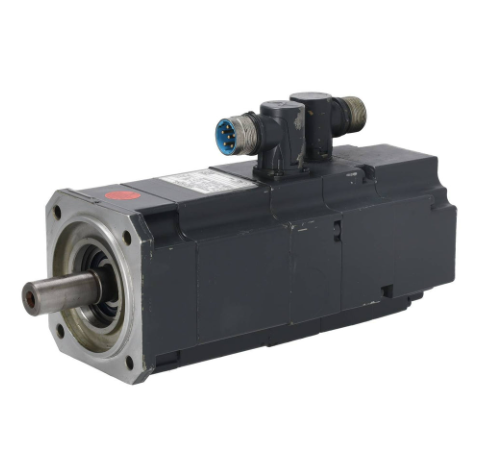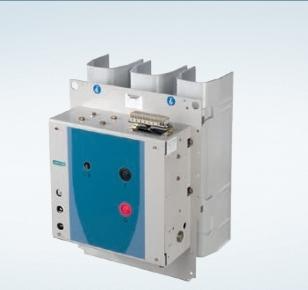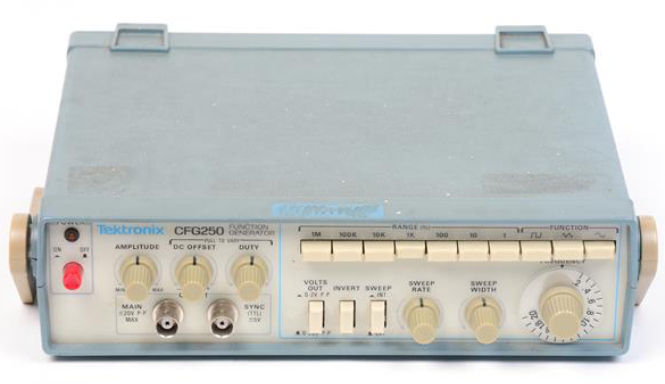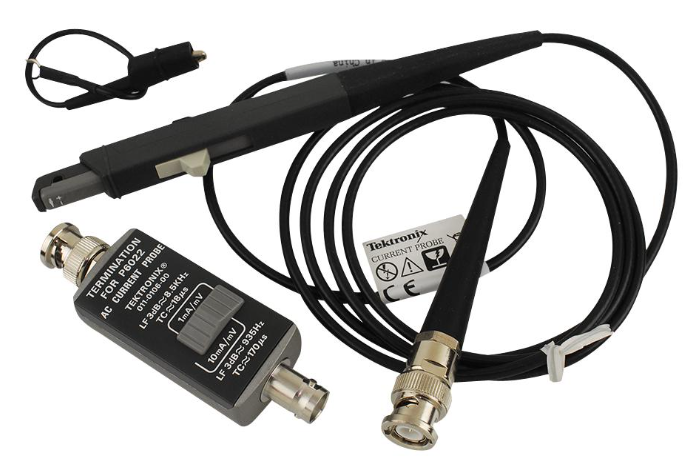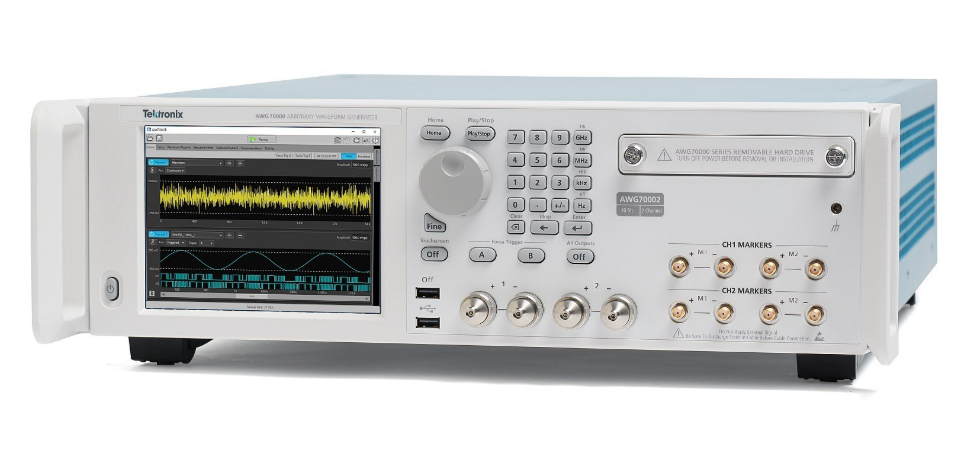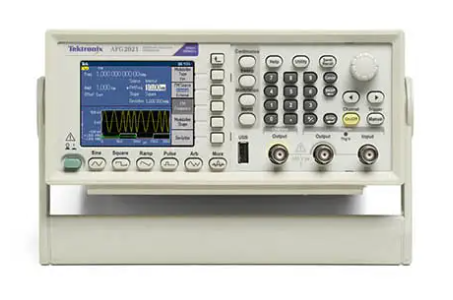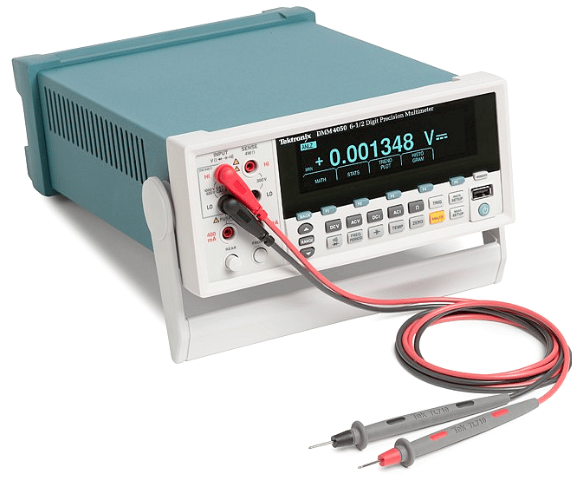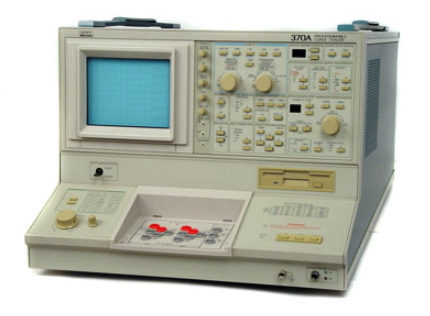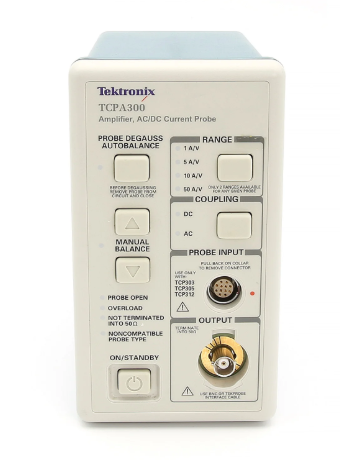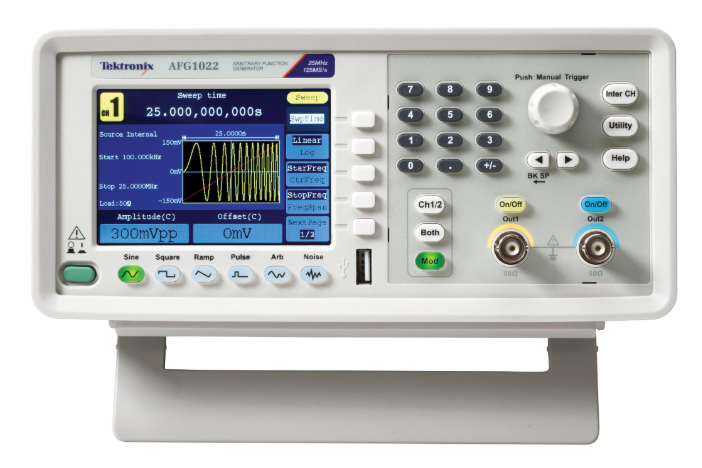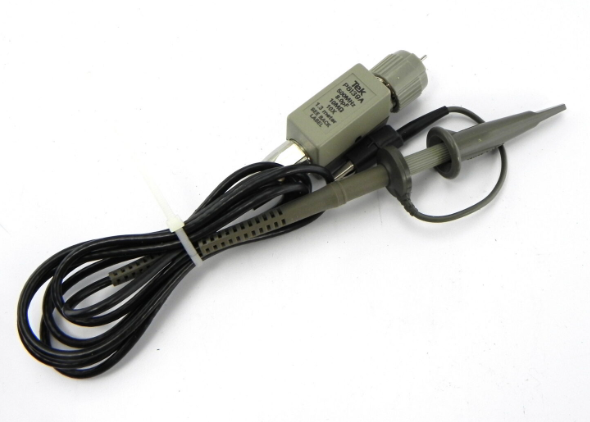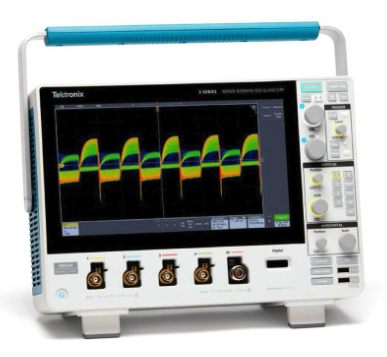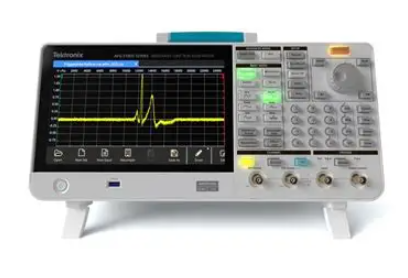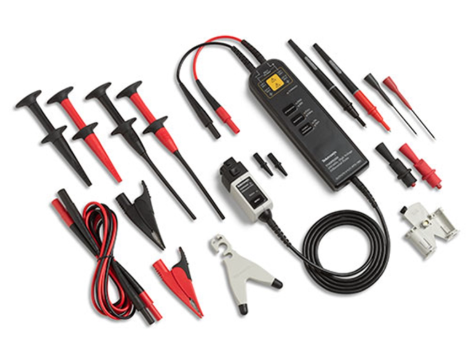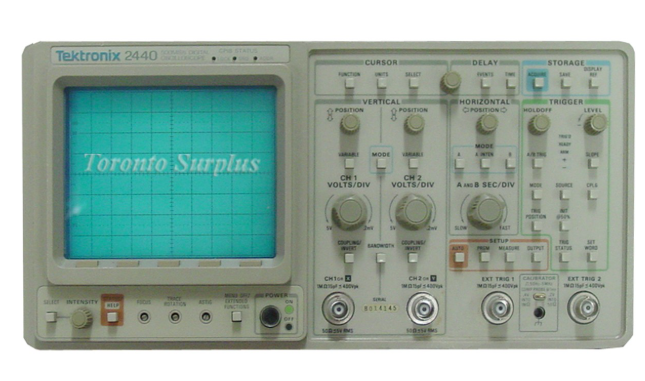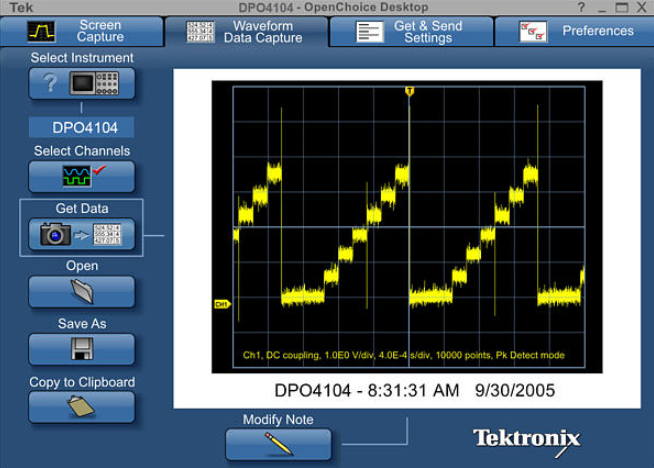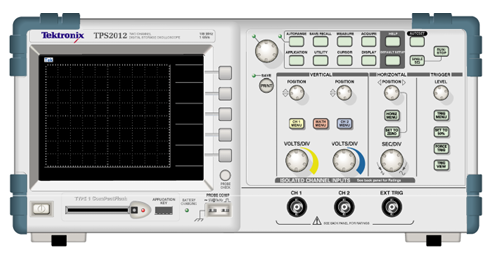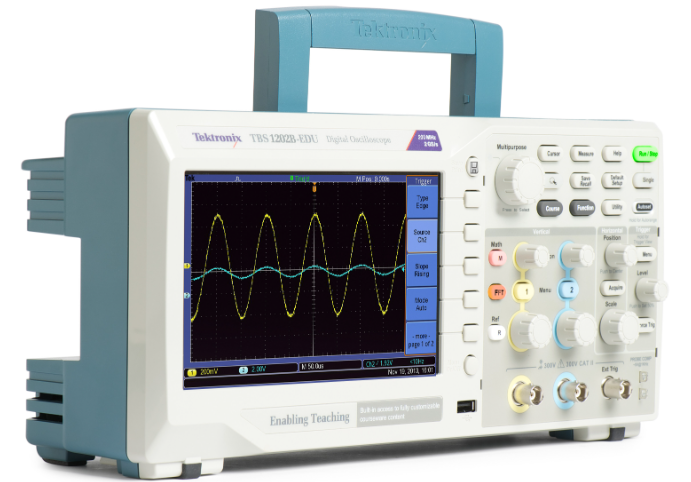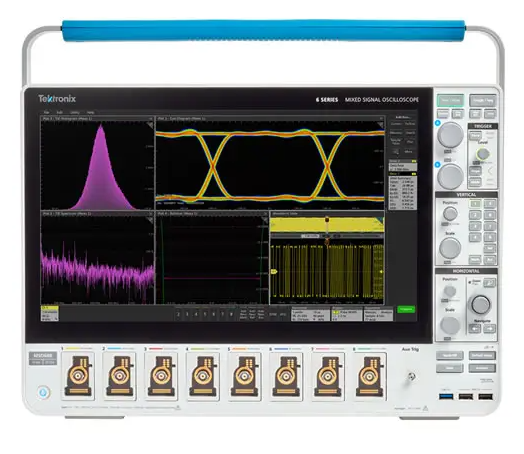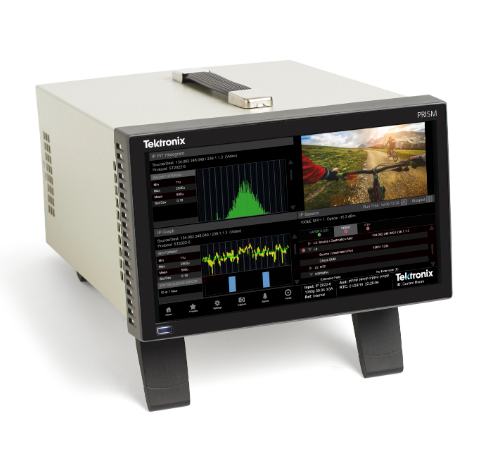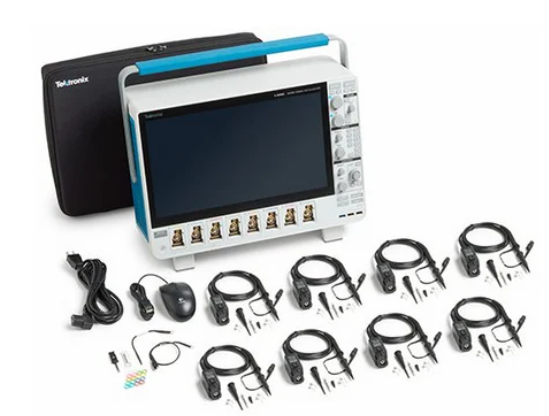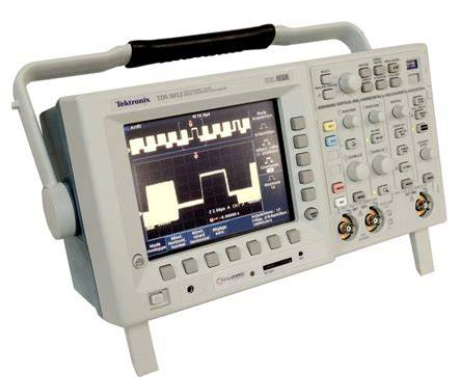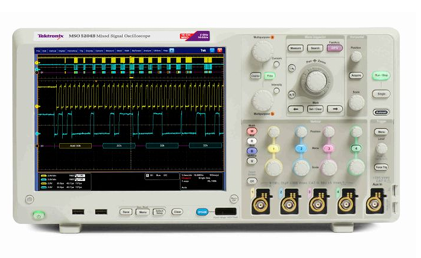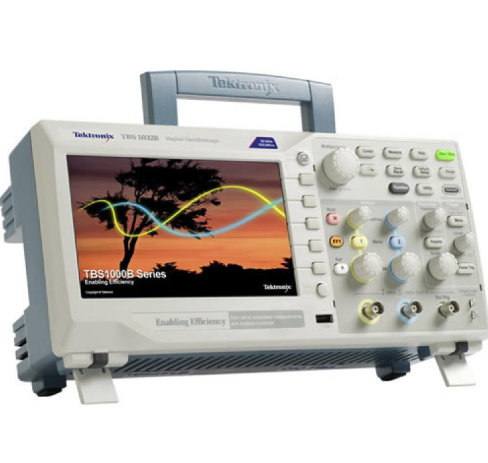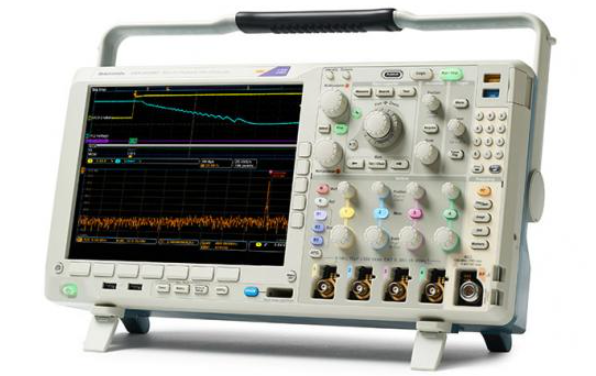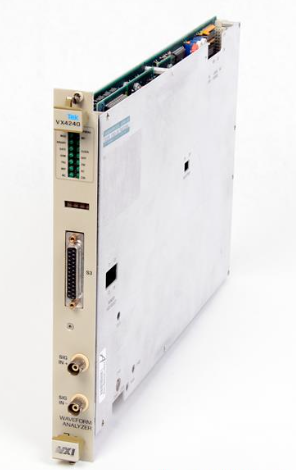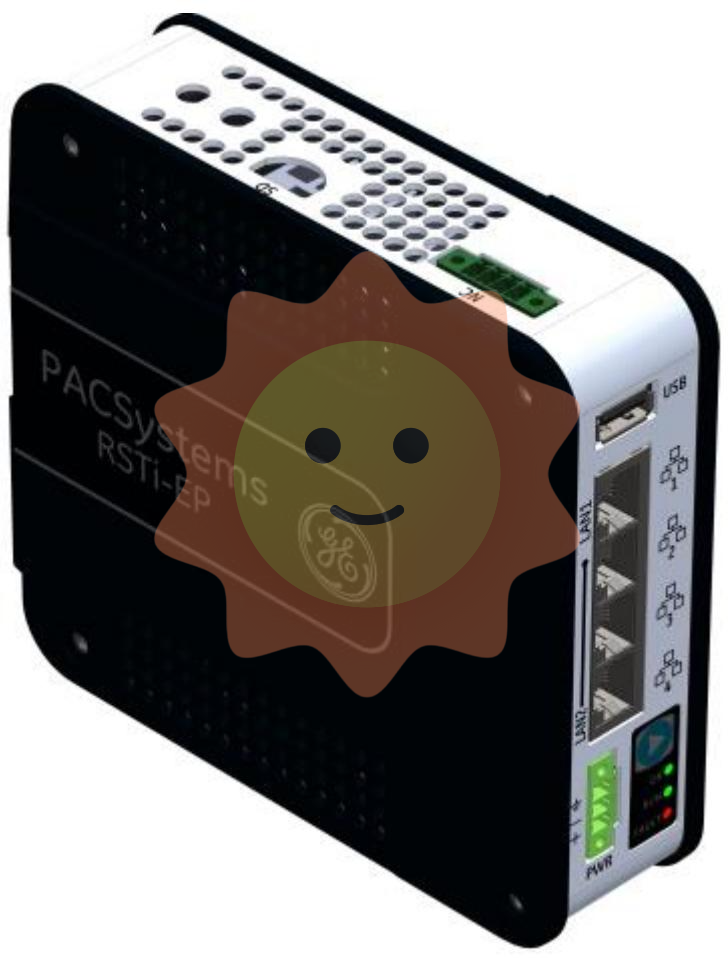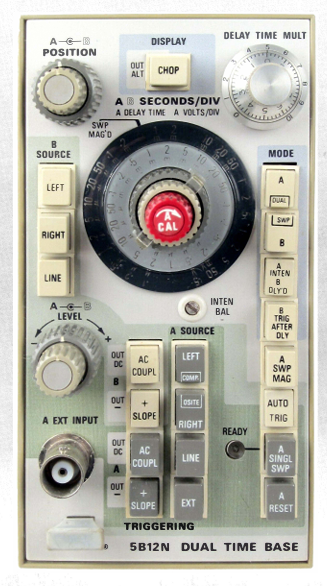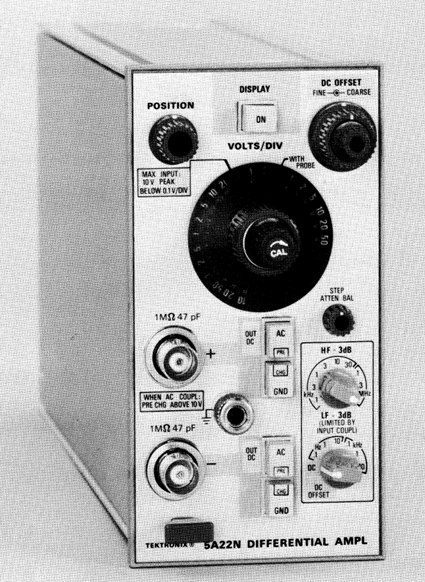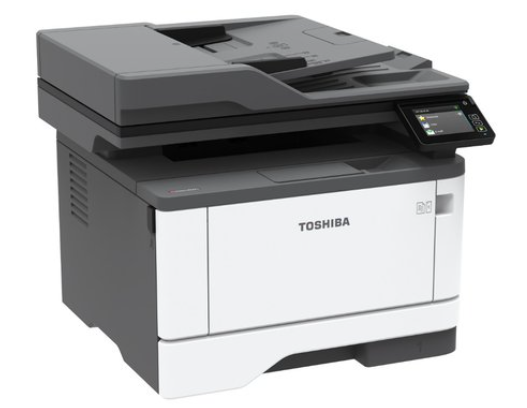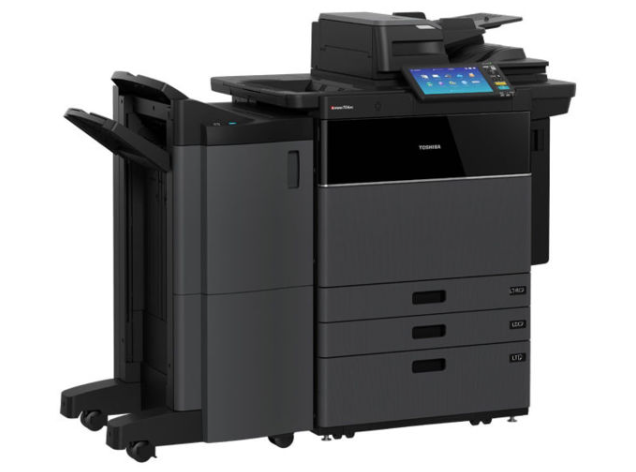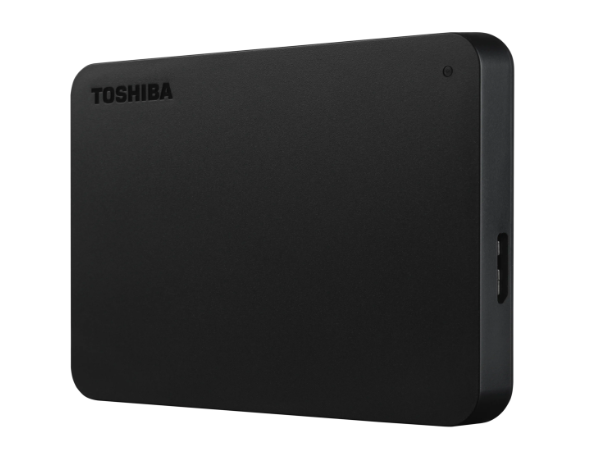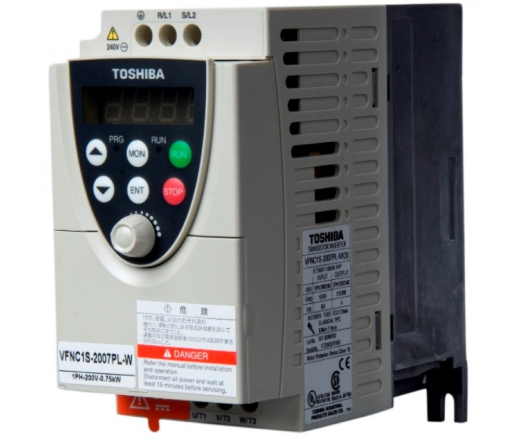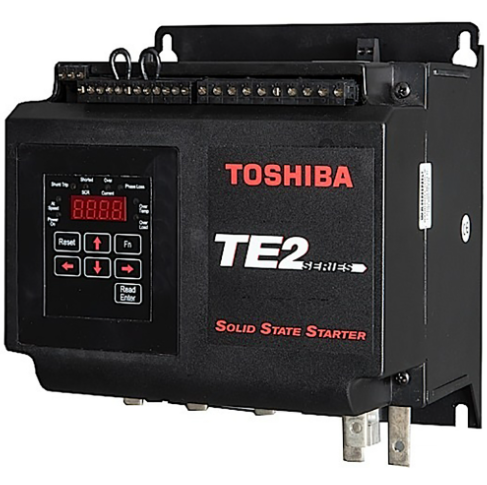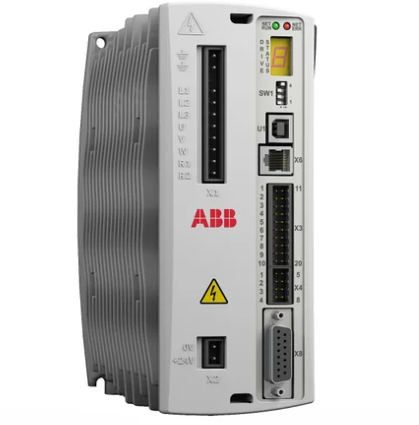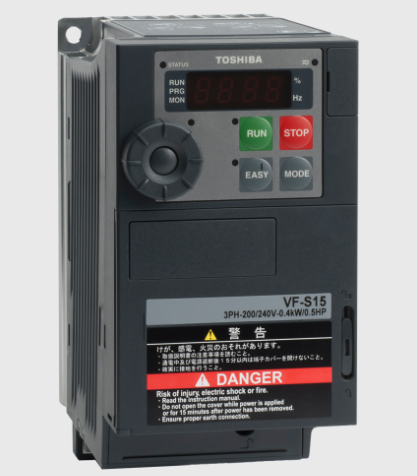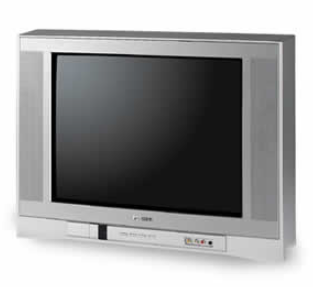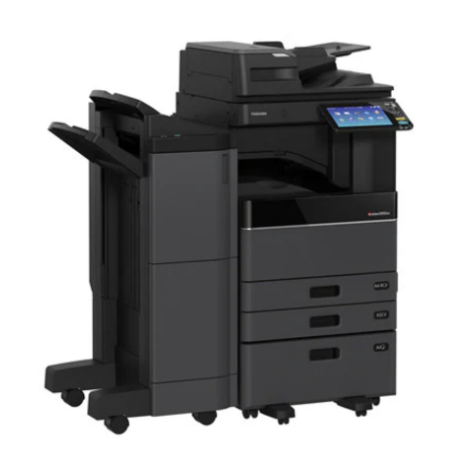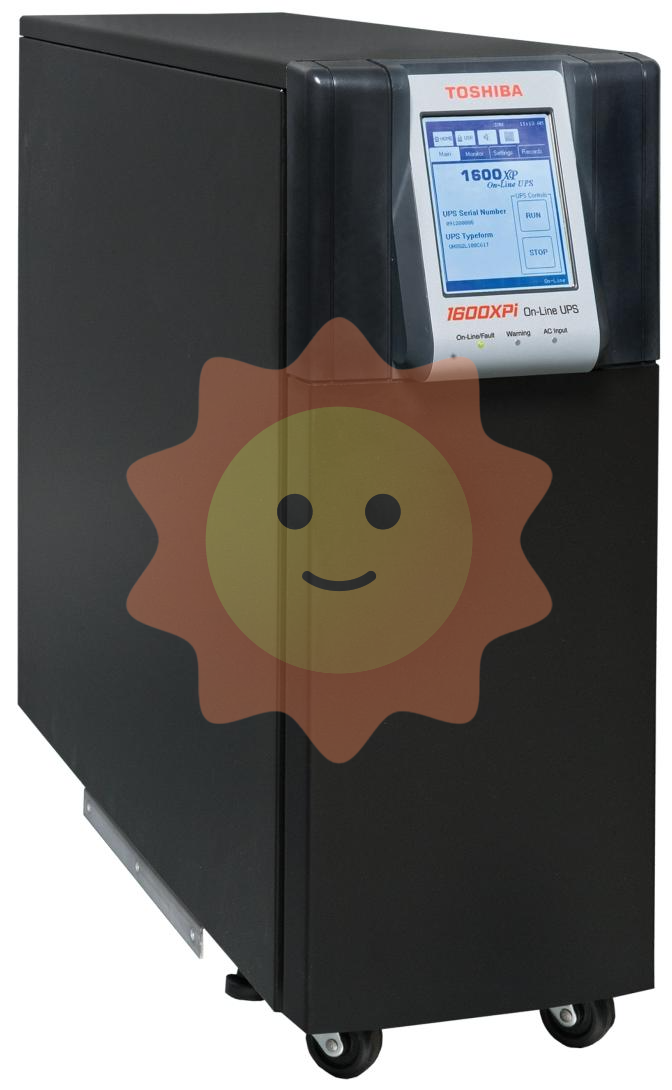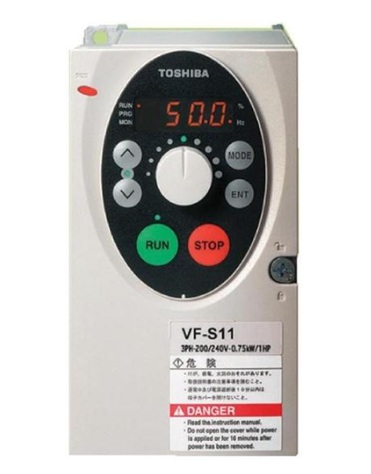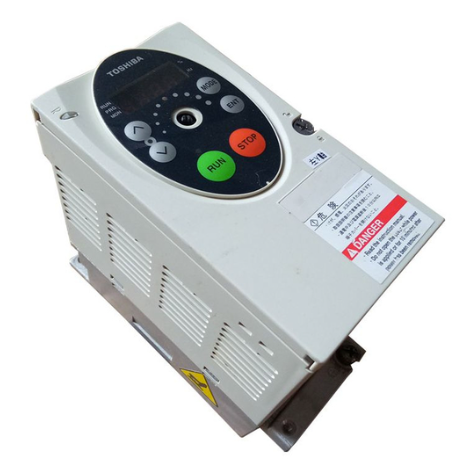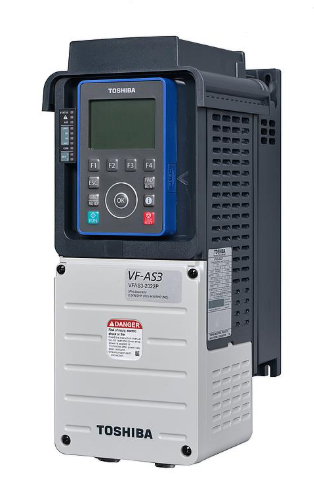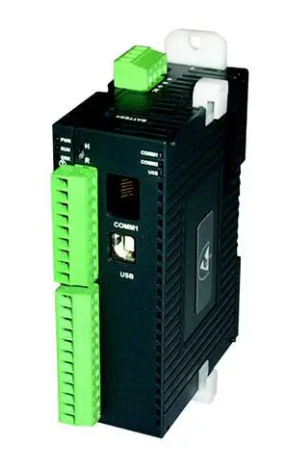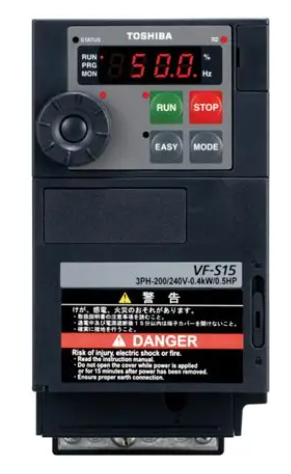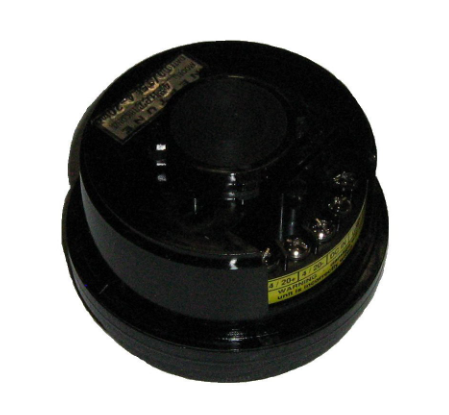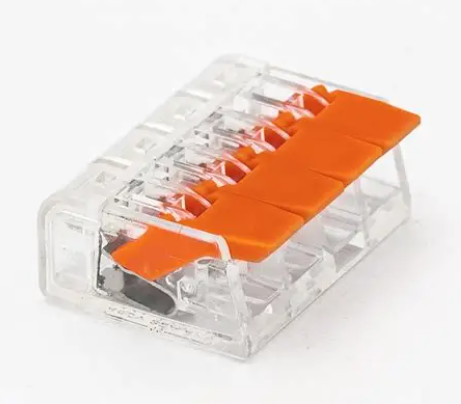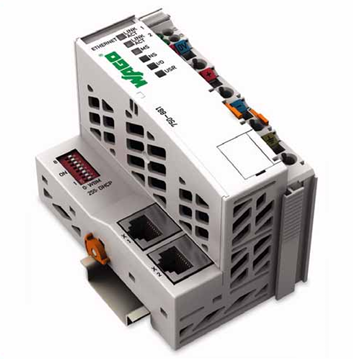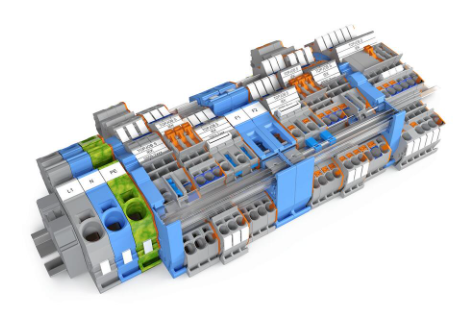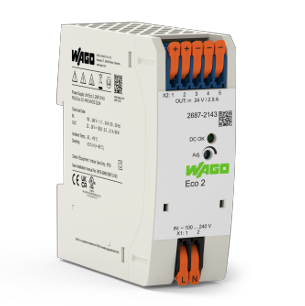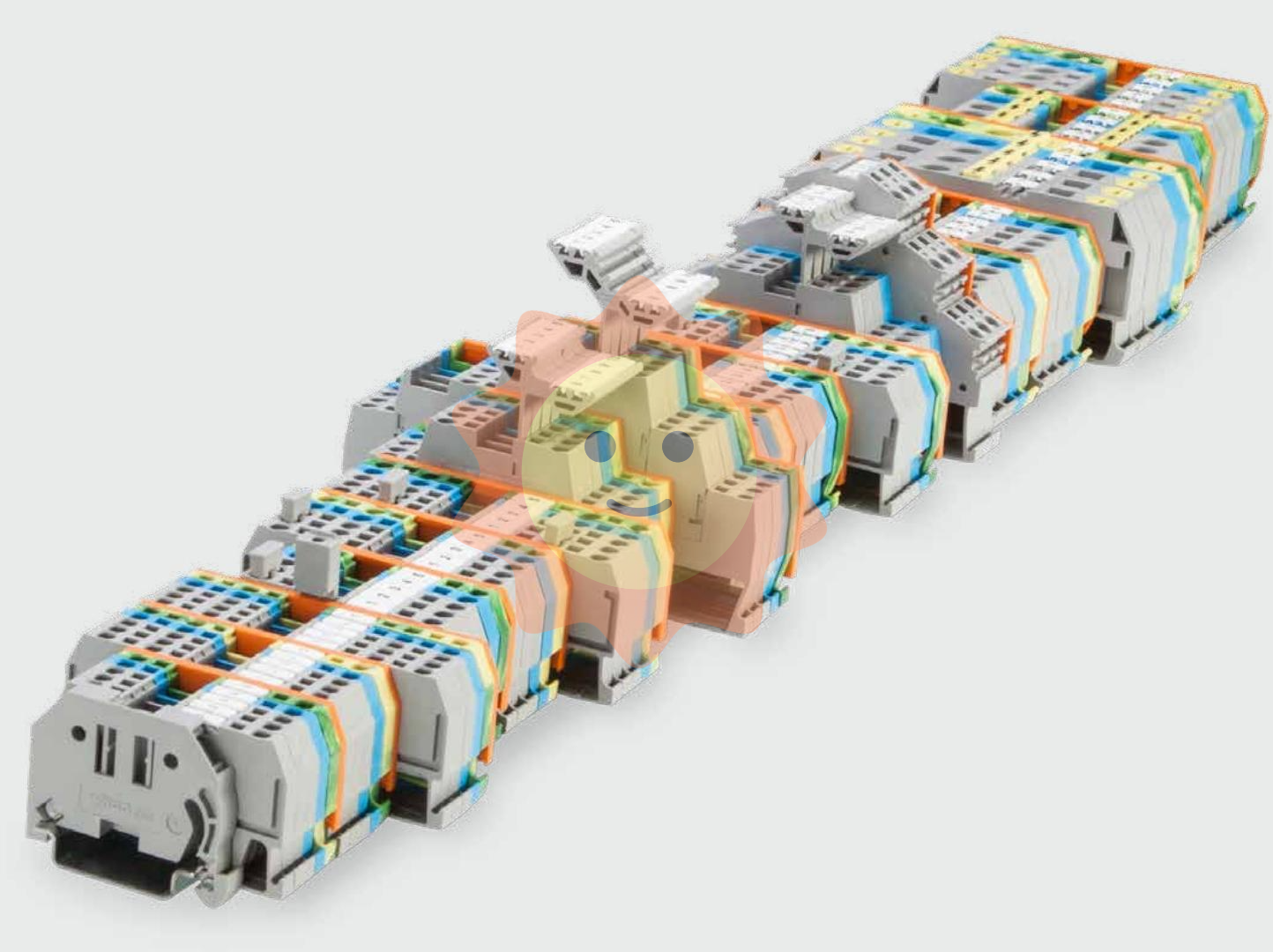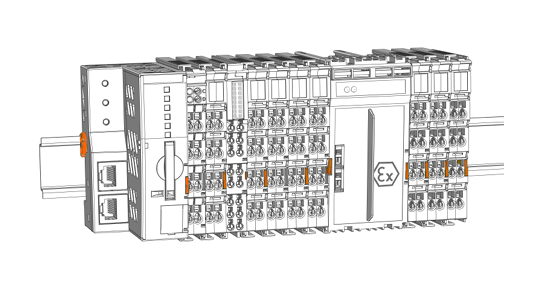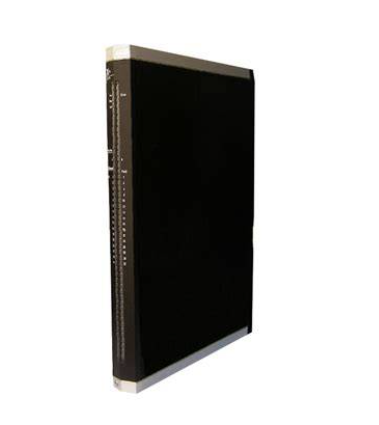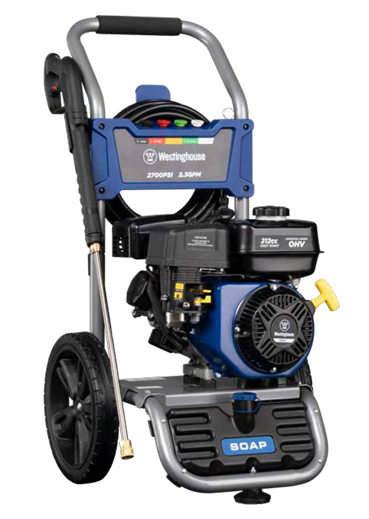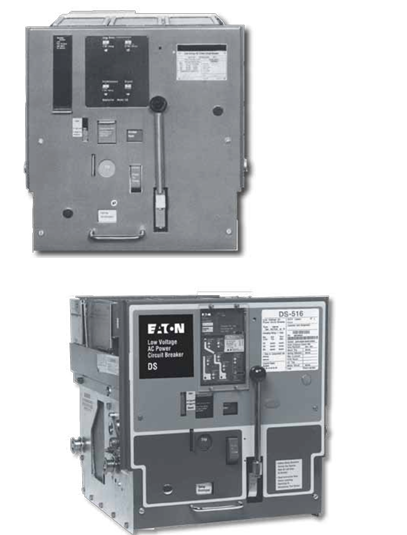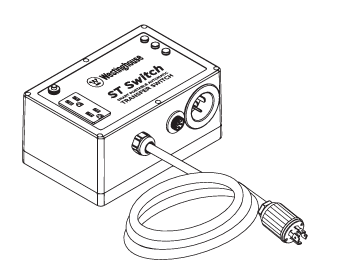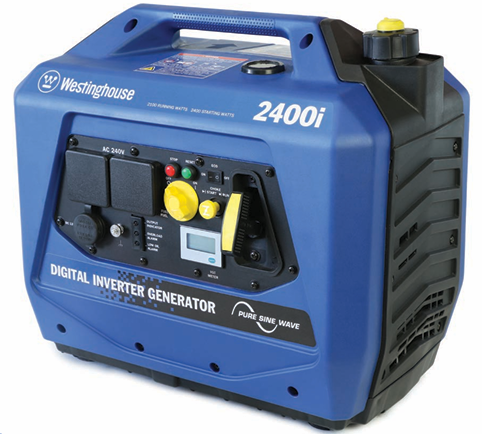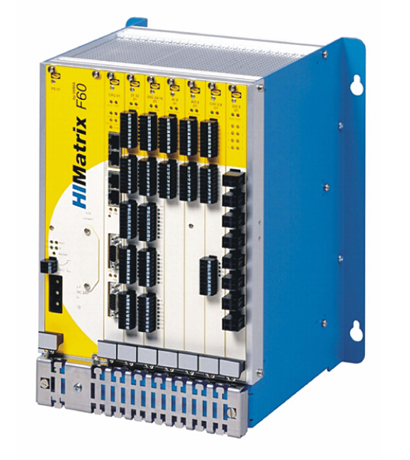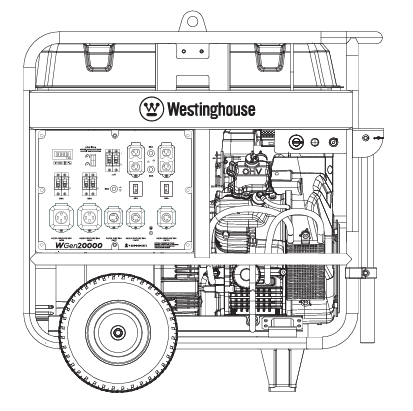GE IC600CB527M I/O Control Module
GE IC600CB527M I/O Control Module
Overview of the GE IC600CB527M I/O Control Module
The GE IC600CB527M I/O Control Module is a crucial component in GE's industrial control systems. It serves as a bridge between the central processing unit (CPU) and the input/output (I/O) devices, enabling efficient data transfer and control of various external devices.
Functionality and Features
I/O Device Interfacing
The primary function of this module is to interface with a wide range of I/O devices. It can connect to digital input devices such as switches, push - buttons, and proximity sensors. These sensors provide binary information about the state of a process or equipment, such as whether a door is open or closed or a part is present in a specific location. On the output side, it can control digital output devices like relays, indicator lights, and solenoids. For example, it can turn on an alarm light when a certain condition detected by a digital input sensor is met.
The module also has the ability to interface with analog I/O devices. For analog inputs, it can receive signals from sensors such as temperature sensors (providing a voltage or current proportional to the temperature), pressure sensors, and flow rate sensors. It then converts these analog signals into digital values that can be processed by the control system. For analog outputs, it can send control signals to devices such as variable - speed drives (providing a variable voltage or current to control the speed) and analog - controlled valves.
Data Transfer and Communication
The IC600CB527M facilitates the transfer of data between the I/O devices and the control system. It uses a communication protocol to exchange information with the CPU. This communication can be high - speed and reliable, ensuring that the control system has up - to - date information about the state of the I/O devices and can send timely control commands. For example, in a process control application, it can quickly transfer the latest temperature reading from an analog input sensor to the CPU for further analysis and decision - making.
The module also supports different communication modes such as polled I/O and interrupt - driven I/O. In polled I/O, the CPU regularly checks the status of the I/O devices through the module. In interrupt - driven I/O, the module can send an interrupt signal to the CPU when a significant event occurs at an I/O device, such as a sudden change in a sensor reading, enabling a more responsive control system.
Signal Conditioning and Protection
It performs signal - conditioning functions for both input and output signals. For input signals, it can amplify weak signals from sensors to a level that can be accurately detected by the module. It also filters out electrical noise and interference to ensure the integrity of the input data. For output signals, it can provide the appropriate voltage and current levels to drive the connected I/O devices. Additionally, the module offers protection against electrical surges and over - voltages, safeguarding both the I/O devices and the internal circuitry of the control system.
Technical Specifications
Number of I/O Channels
The module typically has a specific number of I/O channels. The number of digital and analog input and output channels can vary depending on the design and application requirements. For example, it might have 16 digital input channels, 16 digital output channels, 8 analog input channels, and 4 analog output channels, allowing for a diverse range of I/O connections.
Input and Output Signal Ranges
For digital inputs, it can handle standard digital logic levels such as TTL (Transistor - Transistor Logic) or CMOS (Complementary Metal - Oxide - Semiconductor) voltage levels. For analog inputs, it can accept a range of voltage or current signals. For example, the voltage input range could be from 0 - 10V or the current range from 4 - 20mA, depending on the supported sensors. On the output side, digital output voltages are usually in a range suitable for driving standard digital devices, and analog output signals can be in the range of 0 - 10V or 4 - 20mA, depending on the control requirements.
Communication Interface and Protocol
The IC600CB527M uses a specific communication interface to connect to the CPU and other modules. It may support protocols such as Ethernet/IP, Modbus, or GE's proprietary communication protocols. The communication speed and reliability of these protocols ensure efficient data transfer between the module and the rest of the control system.
Applications
Industrial Automation and Process Control
In a manufacturing plant, the module can be used to interface with the sensors and actuators on production lines. It can receive input from sensors that monitor the position of robotic arms, the temperature of industrial ovens, and the flow rate of fluids in a production process. The output signals can be used to control actuators like motors, solenoids, and valves to adjust the operation of the machines and processes.
Building Automation Systems
In a building automation system, it can interface with I/O devices such as temperature sensors, humidity sensors, light switches, and motor - controlled blinds. The module can transfer the sensor data to the building management system and execute control commands to adjust the indoor environment, such as turning on or off the heating or cooling systems, adjusting the lighting levels, and controlling the position of the blinds.
Power Generation and Distribution
In a power plant, the IC600CB527M can be used to interface with power - monitoring equipment such as current transformers, voltage transformers, and power meters. It can also control the operation of power - related equipment such as circuit breakers and generator controls. The module enables the transfer of power - related data to the control system and the execution of control commands to maintain the stability and safety of the power - generation and - distribution process.

- User name Member Level Quantity Specification Purchase Date
- Satisfaction :
-









Email:wang@kongjiangauto.com

